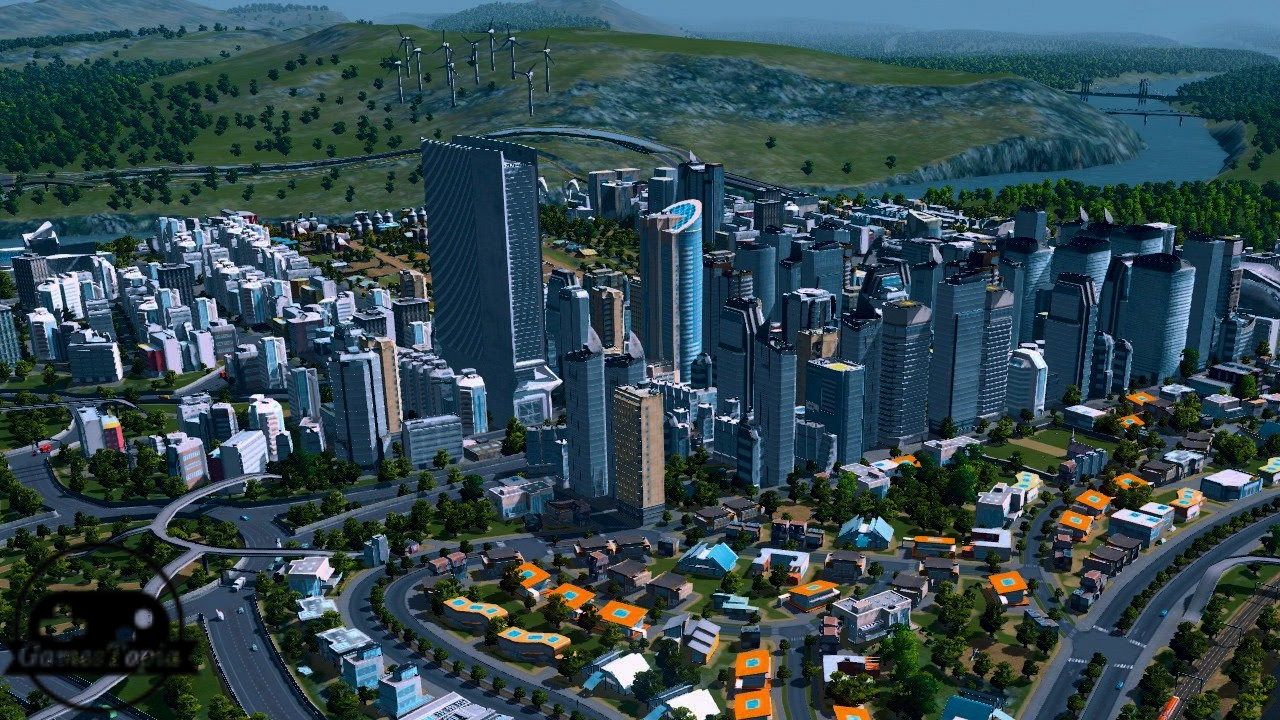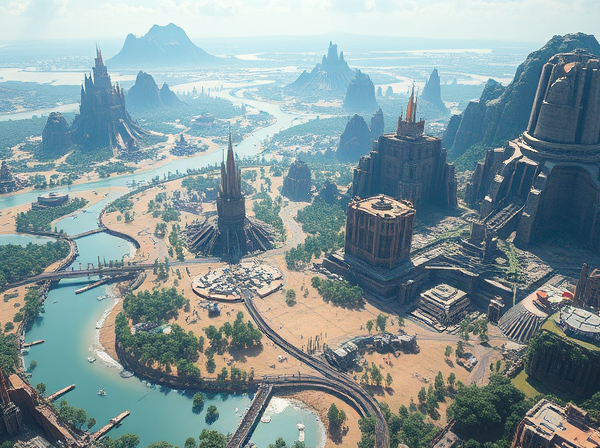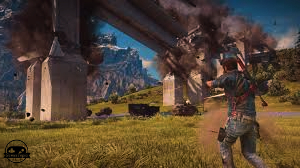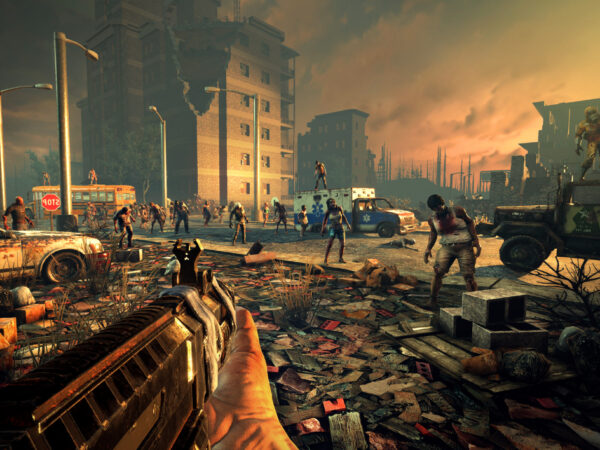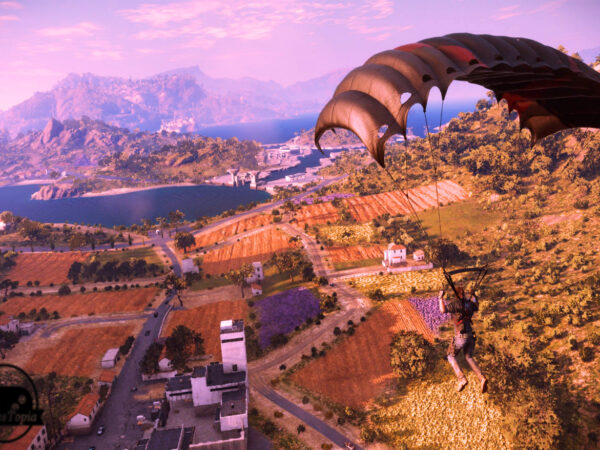Expert Strategies for Building and Managing a Thriving City in Cities: Skylines
I’ve been playing Cities: Skylines since it first came out in 2015, and I’ve been pretty happy with the way my cities have turned out. However, there are always ways to improve–and that’s why I’m here to share some expert strategies for building a thriving city!
Make sure your city has enough affordable housing.
Affordable housing is a key component of a thriving city. If you don’t have enough affordable housing and your residents can’t afford to live in your city, they will leave. You must make sure that your city has enough affordable housing for all its residents.
There are many ways to provide affordable housing: you can build public amenities like parks and schools; add more jobs so that people have higher incomes; or even just allow high-income residents into certain areas of town where there are lots of jobs (but not too many).
Use a building layout that works for your people and your budget.
The grid layout is great for residential areas, while the street layout is best suited for industrial zones. The road layout is ideal for commercial districts, and the grid can be used for low density areas while the street or road layouts are used in medium and high density regions respectively.
In order to create an efficient system of roads, you must first decide on what type of transportation network will be used by commuters going from one area of town to another: pedestrian paths, subways or highways?
Don’t forget about parks, schools and other public facilities.
Public facilities are important for the health and happiness of your citizens. Parks, schools, hospitals and other public buildings help keep your population healthy and happy.
It’s also important to consider where these facilities should be placed in relation to residential areas. For example: a school should not be built next to an industrial zone or sewage dump!
Focus on transportation options for the people in your city.
To build a thriving city, you need to provide transportation options for your residents. In Cities: Skylines, this means building railroads and roads as well as airports and seaports. The type of transportation you choose will depend on what kind of city you want to build: do you want it to be small with only one or two main roads? Do you prefer a sprawling metropolis with high-speed trains connecting every area? Or perhaps it’s somewhere in between–a small town with good access between neighborhoods but not necessarily a subway system (although that would be pretty cool).
Whatever style of transportation works best for your vision will also depend on where exactly in the world this vision takes place; if it’s somewhere hot like Egypt or Australia then air travel may not be necessary since most people would rather walk than ride buses across long distances!
Diversify the types of jobs available in your city.
You’ll want to have a diverse economy in your city, so that you can have a variety of different jobs available. This is important because it allows for more people to be employed and therefore helps keep your population happy.
When building out your city, think about what types of jobs would make sense for the area you’re building on. For example: if you’re building near an airport or port, then consider adding cargo-handling facilities; if there are natural resources nearby (like coal mines), then set up industrial areas where workers can process those materials into usable products; if there are farms nearby (like wheat fields), set up processing plants where flour can be turned into breads or pastries; if there’s an abundance of fresh water in an area nearby (like lakes), perhaps there could be some sort of tourism industry based around fishing charters from which tourists could hire captains who know how best to catch fish from these particular bodies of water…
Recognize that some buildings are better than others at creating growth over time.
There are a few key factors to consider when building your city. The first is that you should not build too many residential buildings, as they’re the least useful for growth over time. In fact, if you have too many residential buildings in your city at one time, it can actually hurt the overall population growth rate!
The second thing to keep in mind is that some types of businesses will grow faster than others. Commercial and industrial buildings tend to generate more income per square foot than tourist attractions do (and vice versa). For example: if you were trying to decide between building an amusement park or an oil rig near where people live–which would make them happier?
Have some fallback plans if things go wrong–or don’t go as planned!
If you’ve never played Cities: Skylines, it’s a city building game that allows players to create and manage their own cities. The game gives players the freedom to build whatever they want, but it also offers some challenges that can be difficult for newcomers.
The most important thing when playing this game is having a backup plan! If something goes wrong or doesn’t work out as planned, it’s important to have another way of doing things in place so that your city doesn’t fall apart. If there is no fallback option available (like if there were no other options), then your entire city could fail and crumble away under its own weight–and nobody wants that!
With these strategies, you can build a thriving city in Cities: Skylines
Cities: Skylines is a game that can be played in several different ways. You can play it as a sandbox, building your city and watching how it grows over time. Or you can take on specific challenges, like meeting the needs of an influx of refugees or turning around an abandoned city.
But no matter which way you choose to play, there are some general strategies that will help ensure your success:
- Keep It Sustainable
Your first priority should always be making sure that your city is sustainable–that is, that it has enough food and water for its citizens, who in turn have access to health care and education (or at least entertainment). If people don’t have these basic necessities covered by their local government or private organizations, they’ll leave town–and if enough people leave town because there isn’t enough food/water/etc., then eventually there won’t be anything left for anyone! So make sure this doesn’t happen by keeping tabs on the budget screen at all times; if things seem too expensive or too cheap compared with real life prices (like $250 million dollars worth of roads?!), then adjust accordingly before things spiral out of control into bankruptcy territory later down the line.”
Conclusion
Building and managing a thriving city is a lot of work, but it can also be a lot of fun. The key is to keep your eye on the big picture and make sure that everything in your city works together. You might need to tweak some things here and there, but if you follow these expert strategies, we’re confident that you’ll soon be on your way toward building an amazing metropolis!

